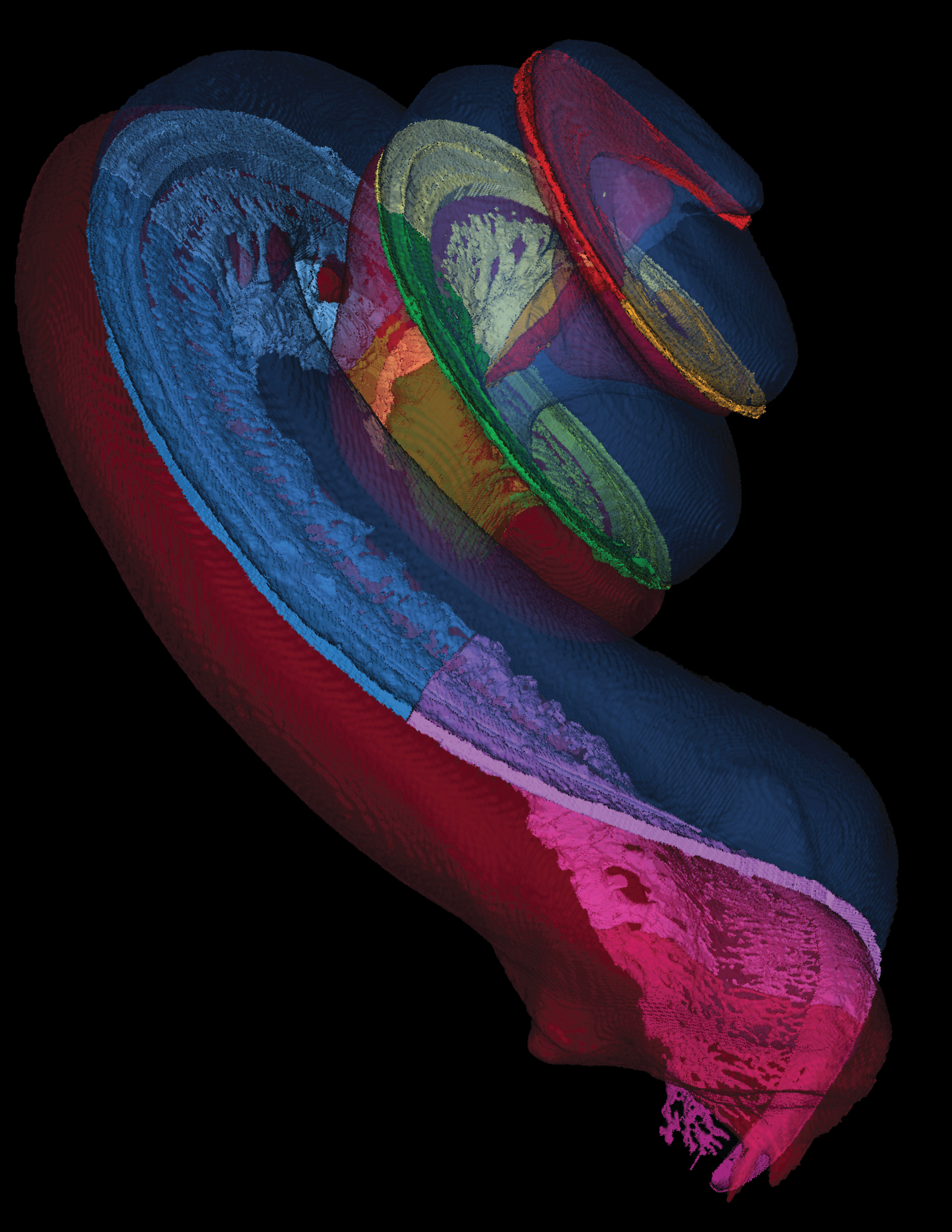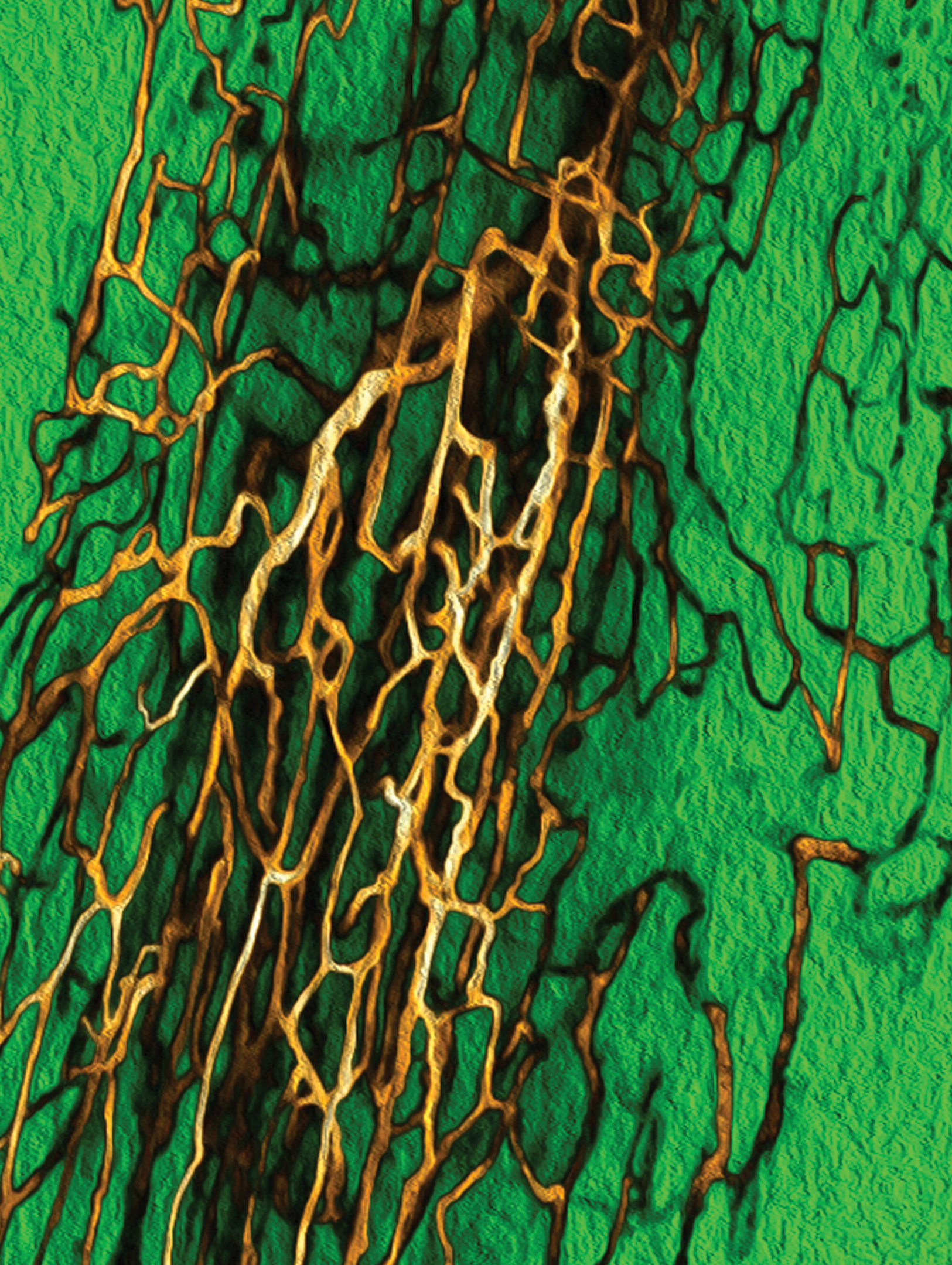The Art
of
Science
Alzheimer’s closeup
Schulich Medicine’s new 15.2 Tesla MRI reveals amyloid plaques in a mouse model brain, sticky clumps that disrupt brain cell communication. These views help researchers link structural changes to Alzheimer’s symptoms.
Light sheet microscopy shows very detailed brain tissue sections at the cellular level, revealing in stark detail the effects of the disease. Among Canada’s most advanced technology, these systems provide complementary views of the brain, enhancing our understanding of Alzheimer’s.
Images provided by the Centre for Functional and Metabolic Mapping (15.2T MRI) and Western Advanced Microscopy Core (Light Sheet Microscopy)
Alzheimer’s closeup
Schulich Medicine’s new 15.2 Tesla MRI reveals amyloid plaques in a mouse model brain, sticky clumps that disrupt brain cell communication. These views help researchers link structural changes to Alzheimer’s symptoms.
Light sheet microscopy shows very detailed brain tissue sections at the cellular level, revealing in stark detail the effects of the disease. Among Canada’s most advanced technology, these systems provide complementary views of the brain, enhancing our understanding of Alzheimer’s.
Images provided by the Centre for Functional and Metabolic Mapping (15.2T MRI) and Western Advanced Microscopy Core (Light Sheet Microscopy)

Sound Research
Half a billion people worldwide have disabling hearing loss. Cochlear implants can restore hearing. However, these devices are currently a one-size-fits-all solution. Schulich Medicine researchers Dr. Sumit Agrawal, MD'01, and Hanif Ladak, PhD, are using imaging data and artificial intelligence to create tools to develop individualized cochlear implant programming and improved sound quality for patients. This work has received international recognition and the support of an $8.5-million donation by global hearing implant company MED-EL to Western University.
High-resolution 3D rendering of the intracochlear structures. (Modified image supplied by Ashley Micuda)
Arterial Renewal
Plaque buildup in arteries supplying blood to leg muscles causes pain, walking difficulties, and can lead to surgeries or even amputation. Known as peripheral artery disease, it’s common with aging and diabetes. Robarts Scientist Dr. Geoffrey Pickering, PhD’90, uses high-end microscopy to get a closer look at the body’s ability to regenerate blood vessels. In this mouse model image, new capillaries (gold) navigate through damaged muscle tissue (green), providing insights into promoting regeneration.
Image supplied by Dr. Geoffrey Pickering










